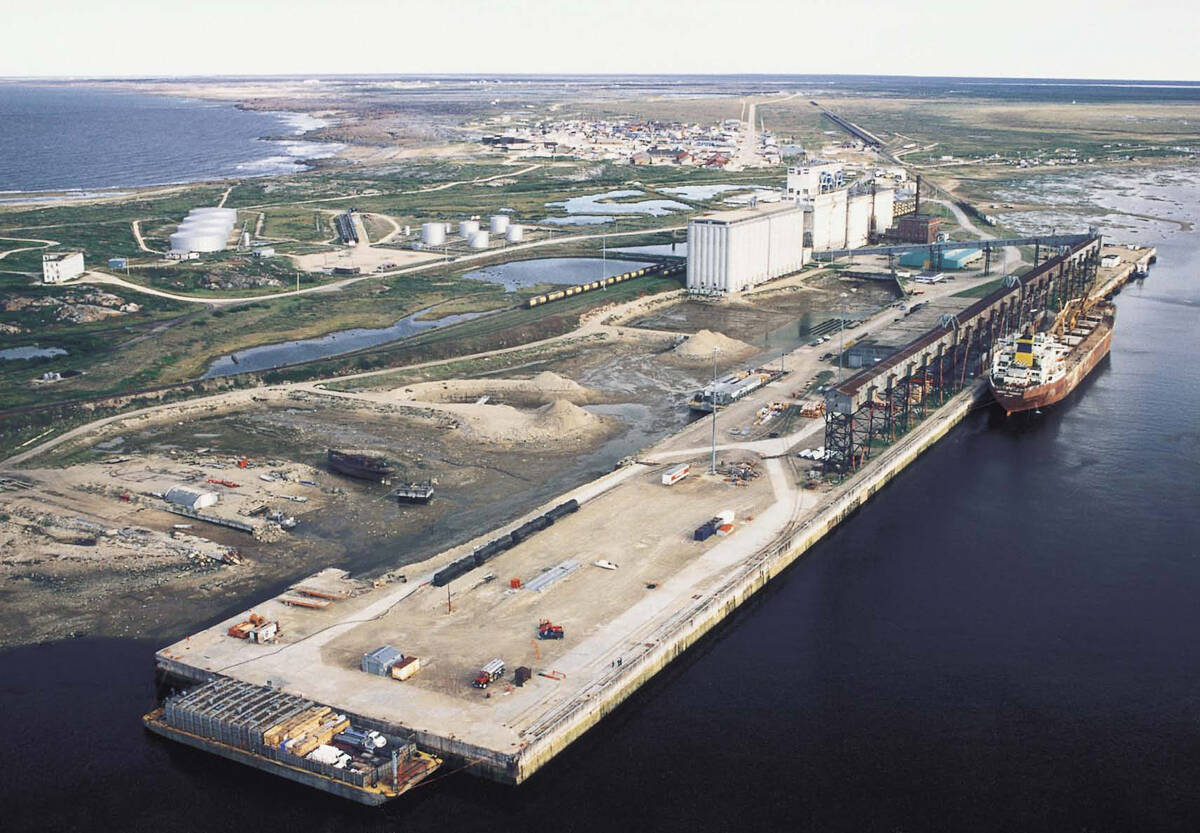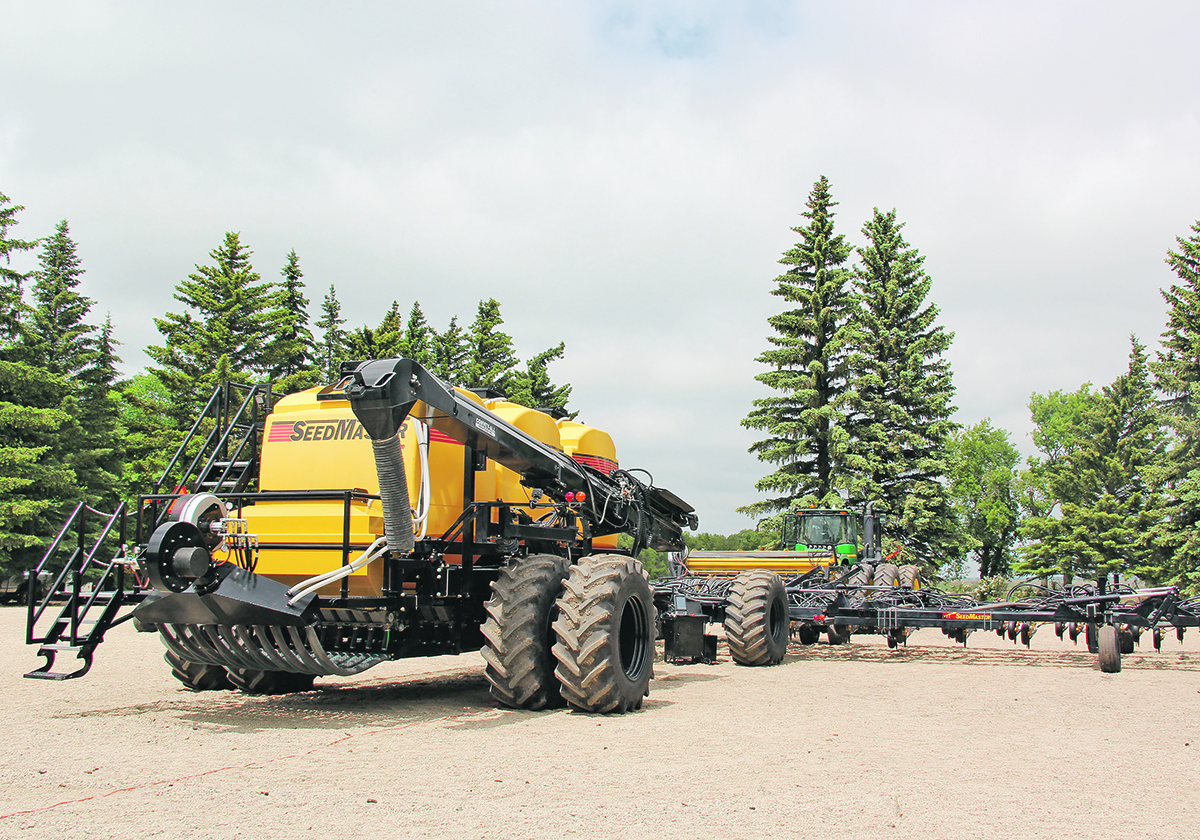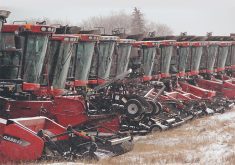According to a report published in November by Farm Credit Canada, Canadian short-line equipment manufacturers are feeling the pressure from a slowdown in demand for equipment.
“In Canada, manufacturing sales in the first nine months of 2024 have fallen by 8.7 per cent compared to last year,” it says.
“We expect Canadian manufacturing sales to keep declining, ending the year below $6.5 billion. New orders are down 9.2 per cent, suggesting sales will continue to decrease in 2025.”
Read Also

Defence investments could benefit agriculture
A bump in Canada’s NATO spending commitments could lead to infrastructure investments that would benefit rural areas
Sales of used seeding and planting equipment have declined by 23 per cent year over year.
“This trend has significant implications for our manufacturing sector, especially given Canada’s prominent role in seeding and planting equipment manufacturing,” the report said.
Larry Hertz, vice-president of the North American Equipment Dealers Association, said the situation has definitely changed.
“If you go back a couple of years, you could hardly find a good used tractor, combine or anything on a dealer’s lot,” he said.
“That’s definitely built up.”
As well, the sagging demand for equipment from farmers who’ve seen their incomes fall due to lower commodity prices has put pressure on dealers to move machines, according to the FCC report.
“Dealers have already held sales to reduce inventory, and more are expected to follow, including selling surplus equipment at auctions in the coming months,” it said.
“This means farm equipment prices will continue to adjust in 2025.”
Hertz said it’s a good time for farmers to look at upgrading whenever there is more inventory to choose from.
“For the most part, as stock builds, prices tend to get a little bit better. By default, I think you’re probably going to see some opportunity for farmers to buy some really good units at a good price.”
However, he said that as the cost of new machines rise, used equipment prices also increase, and a key factor in that cost is the relatively low value of the Canadian dollar compared to the U.S.
Because Canadian manufacturers have to source raw materials and components from U.S. suppliers, the exchange rate raises manufacturing costs.
“Canadian dealers are obviously concerned with the Canadian dollar,” says Hertz.
“Equipment is now more expensive than if we had an 80 or 90 cent (versus U.S.) Canadian dollar.”
These were the prime concerns for the industry until Nov. 25, when incoming U.S. president Donald Trump stated on social media that he would slap a 25 per cent tariff on all Canadian goods entering that country as soon as he takes office.
According to a host of economists, this would cause the value of the Canadian dollar to significantly decline. In fact, immediately after the statement was released, the dollar fell by 1.2 per cent.
A tariff would also make Canadian Ag equipment much less cost competitive in the U.S, a major export market for most.
















